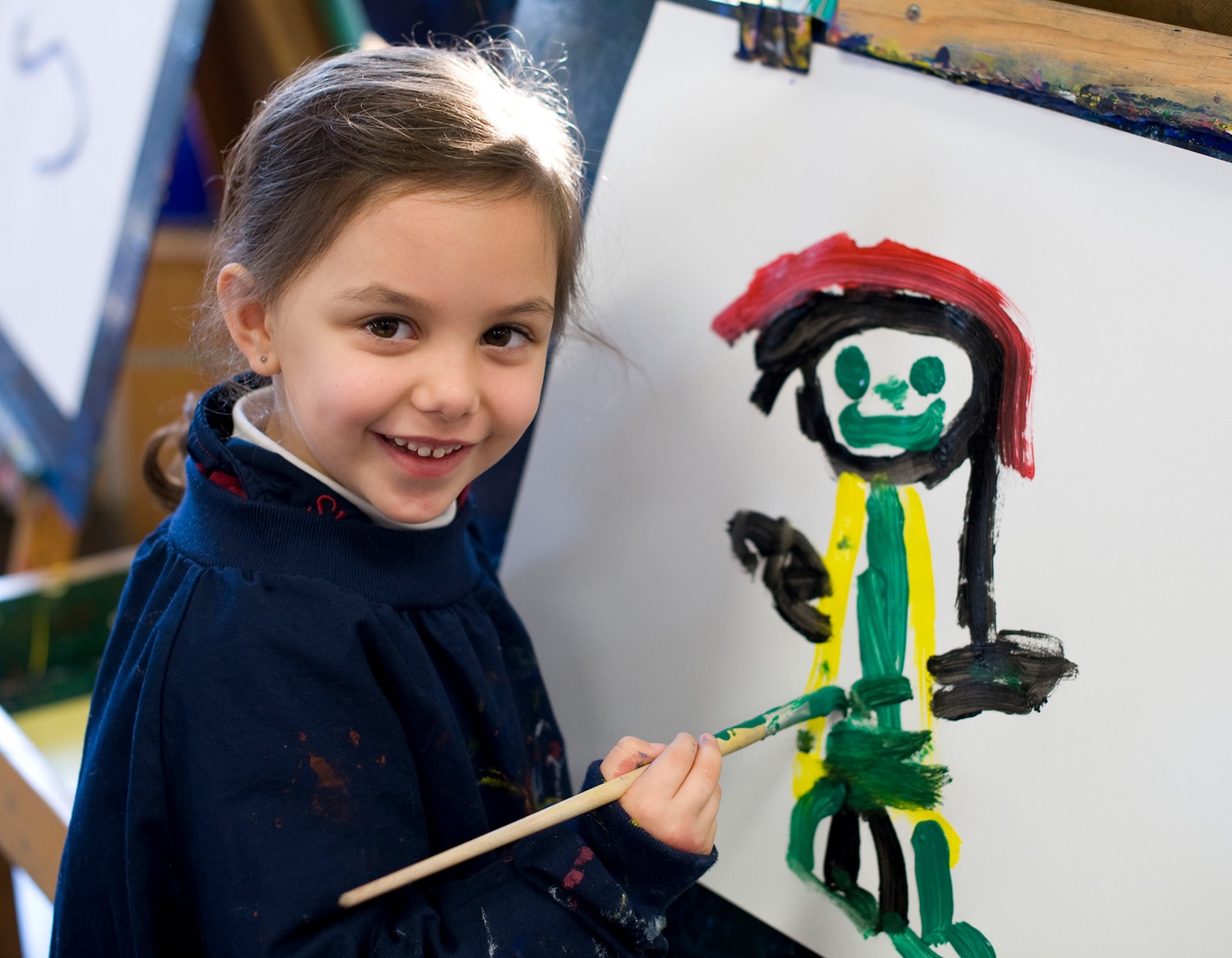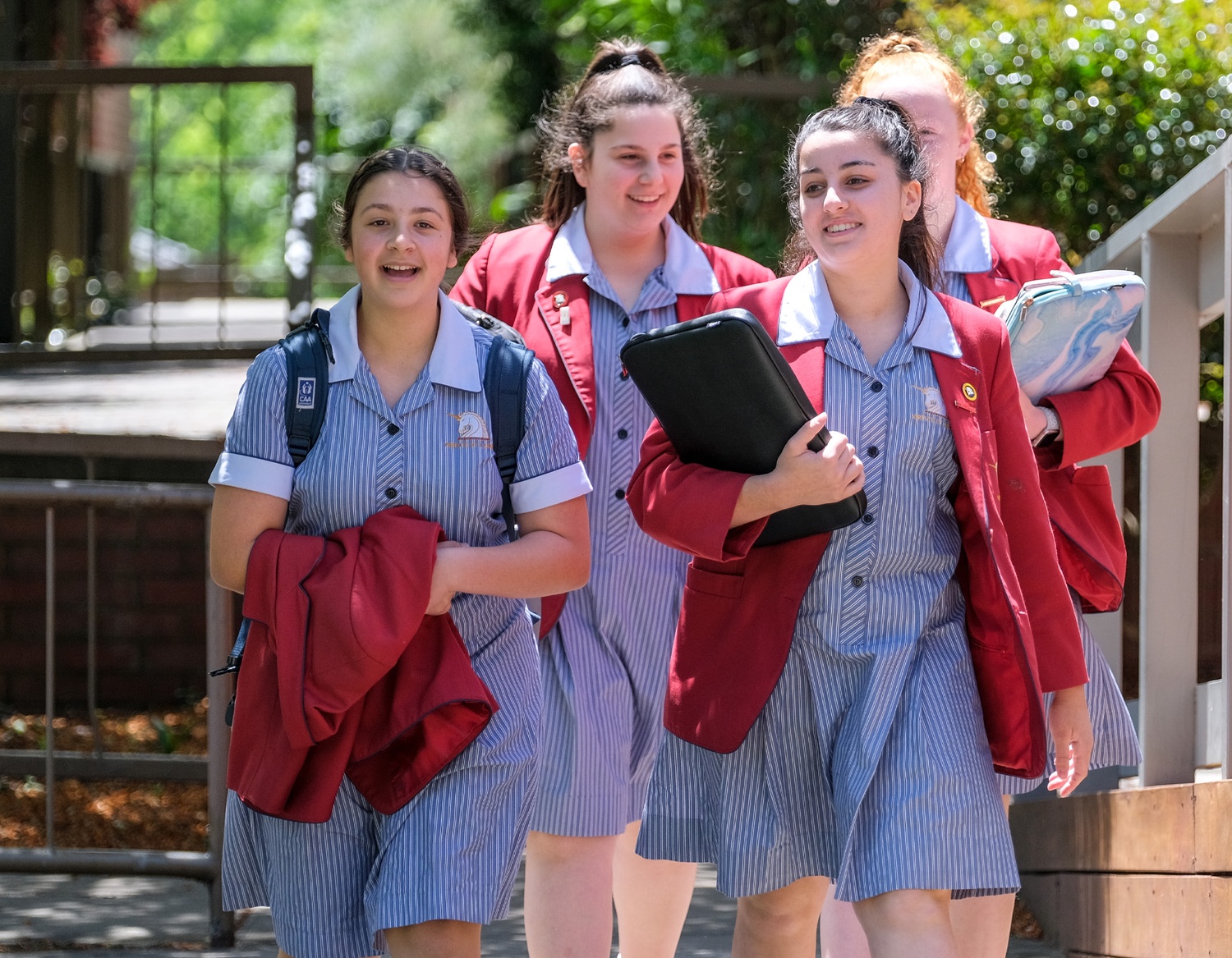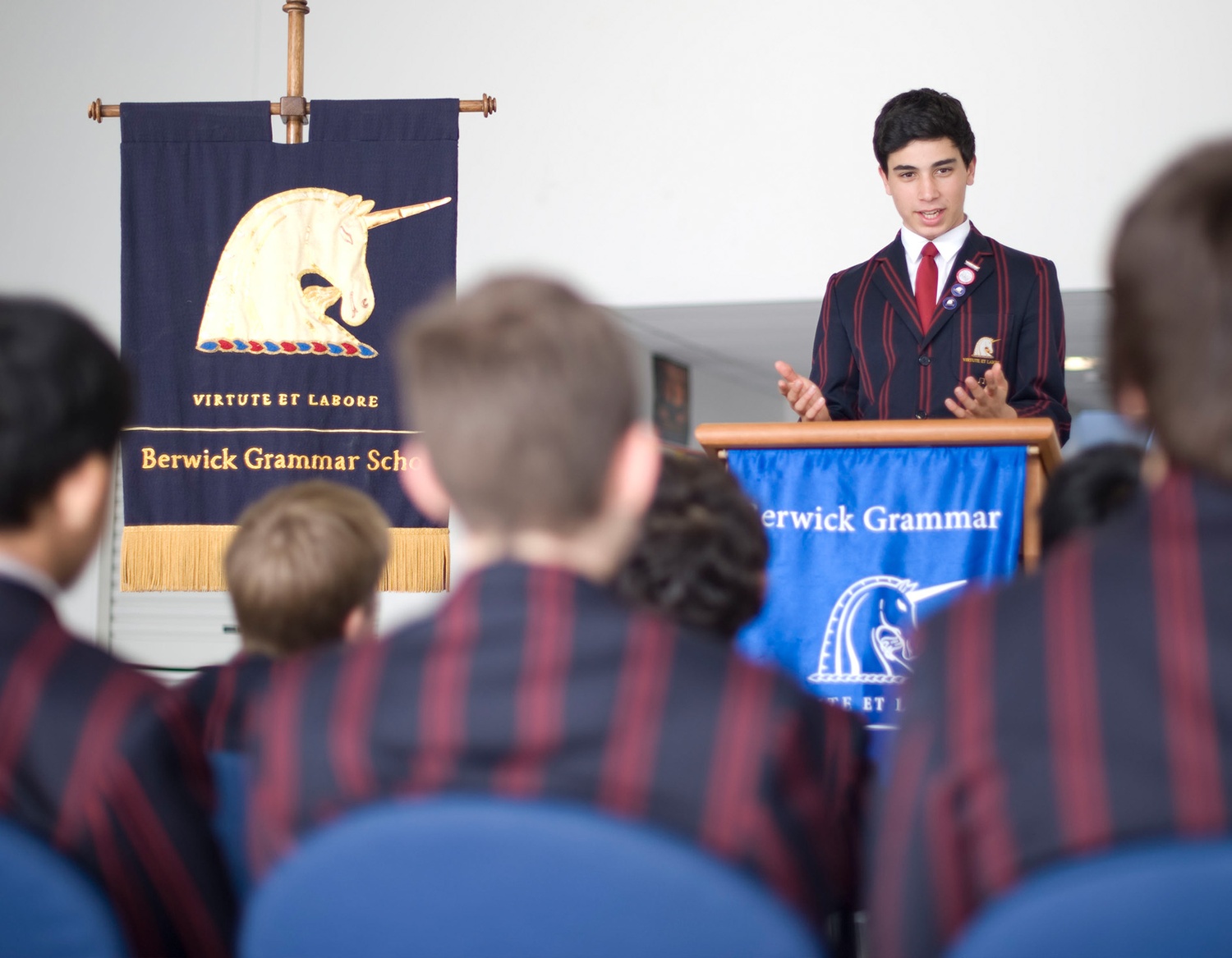The media is ubiquitous in today’s world. Working on a personal, local, national and global level, media is deeply embedded within life and culture. It entertains, teaches, informs, and shapes audience perception of their lives and the worlds in which they live. Students examine how and why the media constructs and reflects reality and how audiences engage with, consume, read, create and produce media products.
Media forms, representations and Australian stories
In this unit students develop an understanding of audiences and the core concepts underpinning the construction of representations and meaning in different media forms.
Students analyse how representations, narrative and media codes and conventions contribute to the construction of the media realities audiences engage with and read.
Areas of Study:
- Media representations
- Media forms in production
- Australian stories
Narrative across media forms
Fictional and non- fictional narratives are fundamental to the media and are found in all media forms. Students analyse the influence of developments in media technologies on individuals and society, examining in a range of media forms the effects of media convergence and hybridisation on the design, production and distribution of narratives in the media and audience engagement, consumption and reception.
Areas of Study:
- Narrative, style and genre
- Narratives in production
- Media and change
Media narratives and pre-production
In this unit students explore stories that circulate in society through media narratives. They consider the use of media codes and conventions to structure meaning, and how this construction is influenced by the social, cultural, ideological and institutional contexts of production, distribution, consumption and reception. Students use the pre-production stage of the media production process to design the production of a media product for a specialized audience.
Areas of Study:
- Narrative and ideology
- Media production development
- Media production design
Media production; agency and control in and of the media
In this unit students focus on the production and post- production stages of the media production process, bringing the media production design created in Unit 3 to its realisation. Students explore the relationship between the media and audiences, focusing on the opportunities and challenges afforded by current developments in the media industry.
Areas of Study:
- Media production development
- Media production design
- Agency and Control in the Media

Selection advice
This screen shot is from a 3D animation created by Claire Schreurs (St Margaret’s Berwick Grammar School, Class of 2023). Clare’s animation “10,000 Scones” was short-listed for the annual VCAA Top Screens film festival.
What kind of learner is best suited to study this subject? Hands-On, Creative Thinker, Analytical approach to exploring media products
What key skills are required for success? Good technology skills, particularly using the Adobe suite. Adaptability and problem solving. Being organised and collaborative is important. Basically if you like watching and talking about film and television then you should enjoy this subject.
What are three most engaging topics studied? Codes And Conventions, Analyzing a movie and creating a short film, Agency and Control of and in the Media
What are the learning activities in this subject like? Analytical writing, practical tasks, opportunities to work independently and be creative.

Studies in VCE Media can lead to study and career options in the following areas:
Media is great because it is so relevant to arrange of future pathways and careers. The technology skills and ability to work in a team are very practical. We are all interact with the media so it is important to critically evaluate and read it.
This study leads to pathways for further theoretical and/or practical study at tertiary level or in vocational education and training settings; including screen and media, marketing and advertising, games and interactive media, communication and writing, graphic and communication design, photography and animation.




